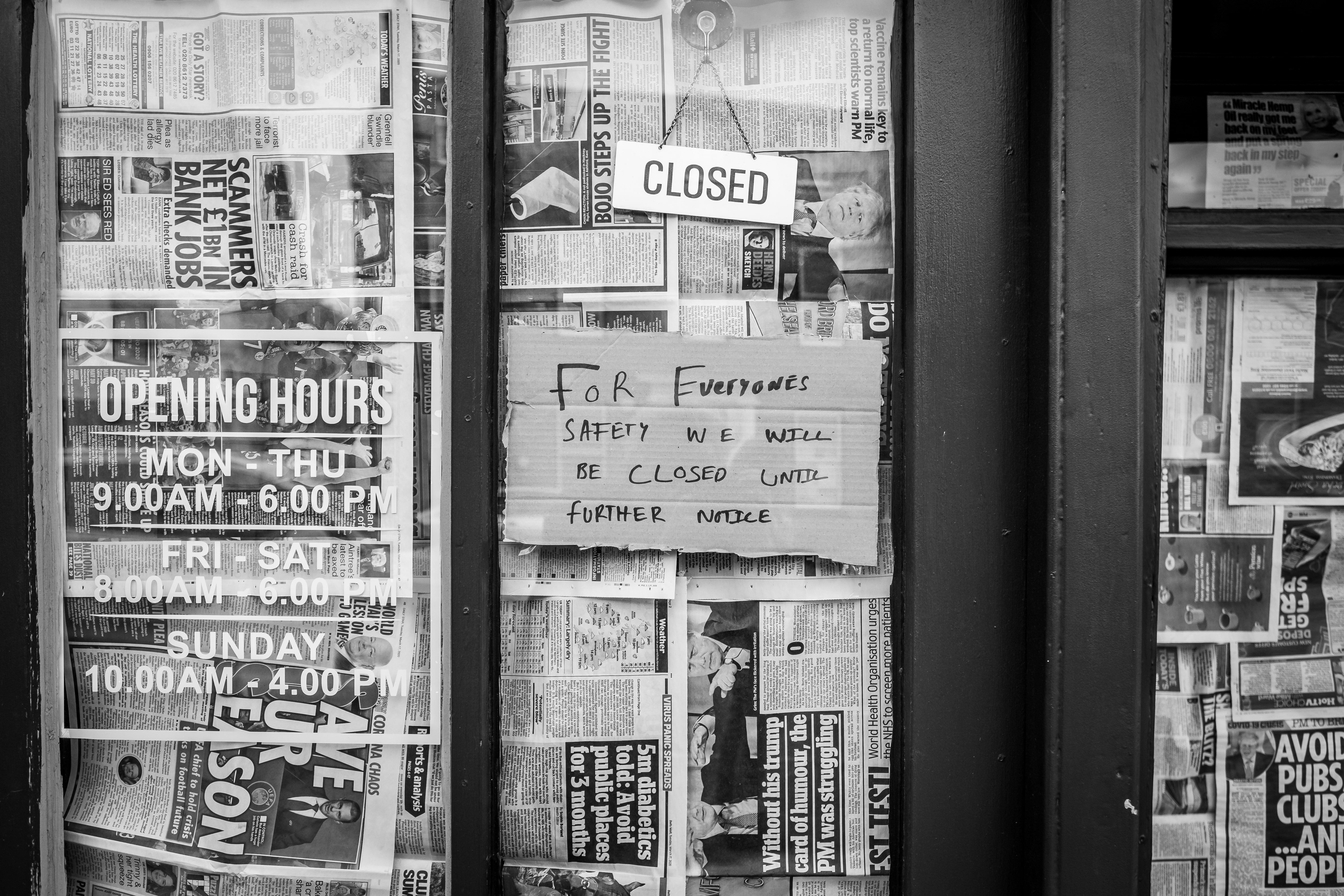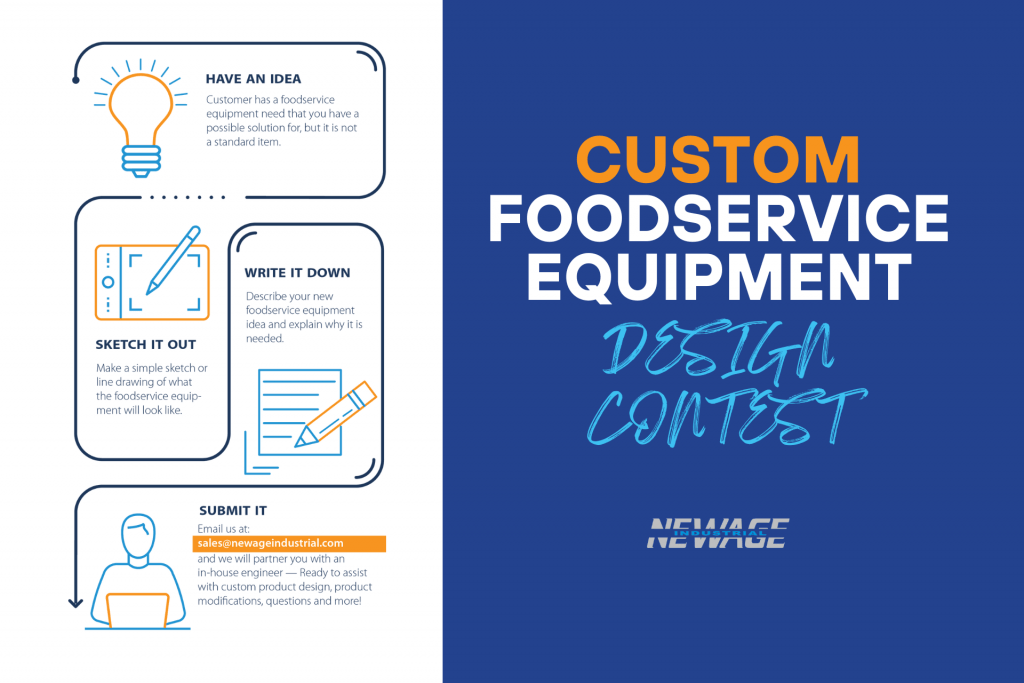
The impact of Covid-19 on the wider foodservice sector has been well-documented. In the UK, all restaurants have been closed for dine-in services since the national lockdown began on 23 March. Many have reopened with delivery services, for some a pivot that represents a completely new direction and has been a steep learning curve.
But many restaurants and cafes remain shuttered, a worrying proportion unsure about how they might emerge from this period of crisis. As things stand, the UK government is mooting a date of 4 July as the absolute earliest restaurants can expect to re-open – if conditions allow.
Restaurants, big and small, are certainly the most visible evidence of the Covid-19 shutdown – travelling down any high street is can be an eerie experience as the windows of restaurants, usually a picture of lively dining rooms, are now fully boarded up.
Last to return
It is hard to overstate what is happening to the sector. As Matthew Merritt-Harrison FCSI, managing partner of Merritt-Harrison Catering Consultancy and chair of FCSI UK & Ireland, points out – hospitality is likely among the last sectors to return to operation, “because it is not critical for our survival – unless, of course, you work in hospitality,” he says. “The whole point of restaurants, bars and cafes – even staff restaurants – is they are all designed around the experience of people being together and that is where the virus can spread”.
As the crisis took hold in the country, the government released a series of financial support packages to help operators and companies, including support for business loans and for business rates. The biggest one has been the furlough programme, which has allowed restaurants to retain staff while the shutdown is in place. So far, the government has carried 80% of the cost with the employer being able to top up the remaining 20%.
But, as Merritt-Harrison points out, this is unlikely continue for a long time. “The government only has finite resources,” he says. “But [going forward] if they are talking about sharing the cost of furlough with the employer paying a greater proportion of the salary, hospitality businesses will struggle to do that and then they will have to make staff redundant.”
Bronte Aurell who owns Scandinavian Kitchen, a café and grocery shop in central London says she was positively surprised by the government support.
“We come from countries where governments look after people and businesses really well. The safety nets in Scandinavia are high for unemployment and compared to this, the UK government perhaps didn’t do as much,” she says but adds: “On the flip side, I think the UK government did go above what I had expected – based on how this government usually chooses to invest on the social structures and to help those who struggle – so that is positive.”
While many areas have been covered off on these initiatives, many operators continue to grapple with the issue of rent. According to UKHospitality some businesses, the vast majority of which have virtually no income and are closed during lockdown, are still being threatened with winding-up petitions, and where landlords have offered rent deferrals, this will just lead to an accrual of debt, which will be incredibly hard to pay back as hospitality businesses will be trading below normal levels for the foreseeable future.
“In June, sector businesses are due to pay nearly £800m in rent, having been forcibly closed and generated no income for over three months,” says chief executive Kate Nicholls. “We appreciate that landlords have their own financial pressures and the majority of landlords have been happy to work with tenants to find solutions, but a damaging minority continue to put pressure on beleaguered hospitality businesses at the worst time.”
Tough times for manufacturers
However, the effects of Covid-19 are felt in all areas of foodservice and the knock-on effects are reverberating across the industry, as Keith Warren, chief executive of the Foodservice Equipment Association (FEA) outlines. Feedback from FEA members regarding current trading conditions is “universally grim”. The Association estimates that the foodservice equipment sector contracted by about a sixth between January and March this year and that, year on year, it was down by around a quarter compared to Q1 2019.
Warren’s focus is that the equipment supply chain should receive the same support as the wider hospitality industry. “There are 10,000 workers in the foodservice equipment supply chain, who support the three million plus workers in hospitality. Without the equipment supply chain, the foodservice industry can’t function. So, government needs to ensure manufacturers, dealers, consultants, designers and service supply companies are still around when lockdown is lifted for foodservice operators.”
“Many foodservice equipment companies have seen their sales drop by 100% as a result of the crisis. If you’ve lost 80% of sales, you’re doing well,” he says.
A re-think for the future
Catering companies will have to have another look at the way they operate too. Consider staff restaurants – “there will be fewer customers because the companies who employ these people will ask people to come over a longer period of time. So, from the caterers’ perspectives there will be fewer customers over a longer period of time. Their income will go down and the costs will go up,” says Merritt-Harrison.
Equally design consultants face the conundrum of accommodating new requirements for social distancing – it’s a tough ask to run a sustainable business with only half the customers that would usually be there. But how about the kitchens? The last few years have seen a general move towards smaller kitchens – as Merritt-Harrison says, no kitchen is designed for social distancing.
“You can put some processes in where you say everybody flows around the kitchen in a certain way. In self-service restaurant you can put a barrier a distance between the customer and the person serving and you can put barriers at till points, but kitchens have been getting smaller not larger. Where there has been a huge pressure on space now you need more space to deliver less,” he says.
So, looking to the short to medium term future, will design consultants be required to redesign kitchens to allow for the social distancing? He doesn’t think so. “Kitchens tend to be designed for 10 years and you could argue that if people are given an instruction now to do something that is Covid-19 compatible, it is going to be very expensive because it will be a big kitchen. In two years’ time when you need a vaccine you have a very big kitchen,” he says.
The full impact of the pandemic on foodservice in the UK will not become clear for some time, but the general consensus is one of hope that while there are challenges and a disappointing number of businesses will not survive, the sector will regroup and thrive again.
Warren from FEA, too strikes an optimistic note. “The good news is that foodservice operators are looking into ways to restructure their businesses to address the challenges,” he says. “There will be the need for new layouts, possibly extended opening hours, and there’s the growth in delivery and takeaway. It won’t be business as usual, but it will be business.”
Tina Nielsen




